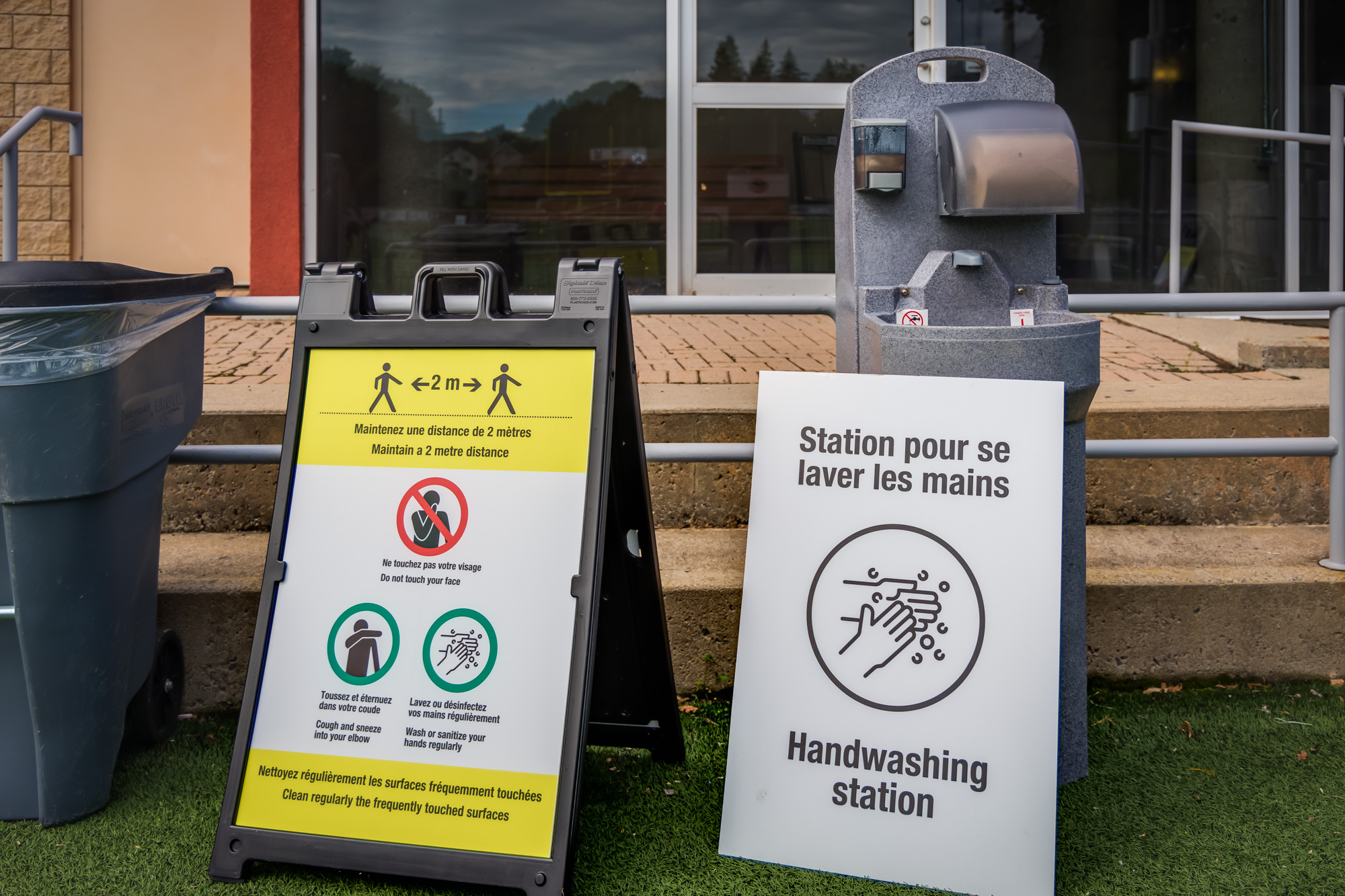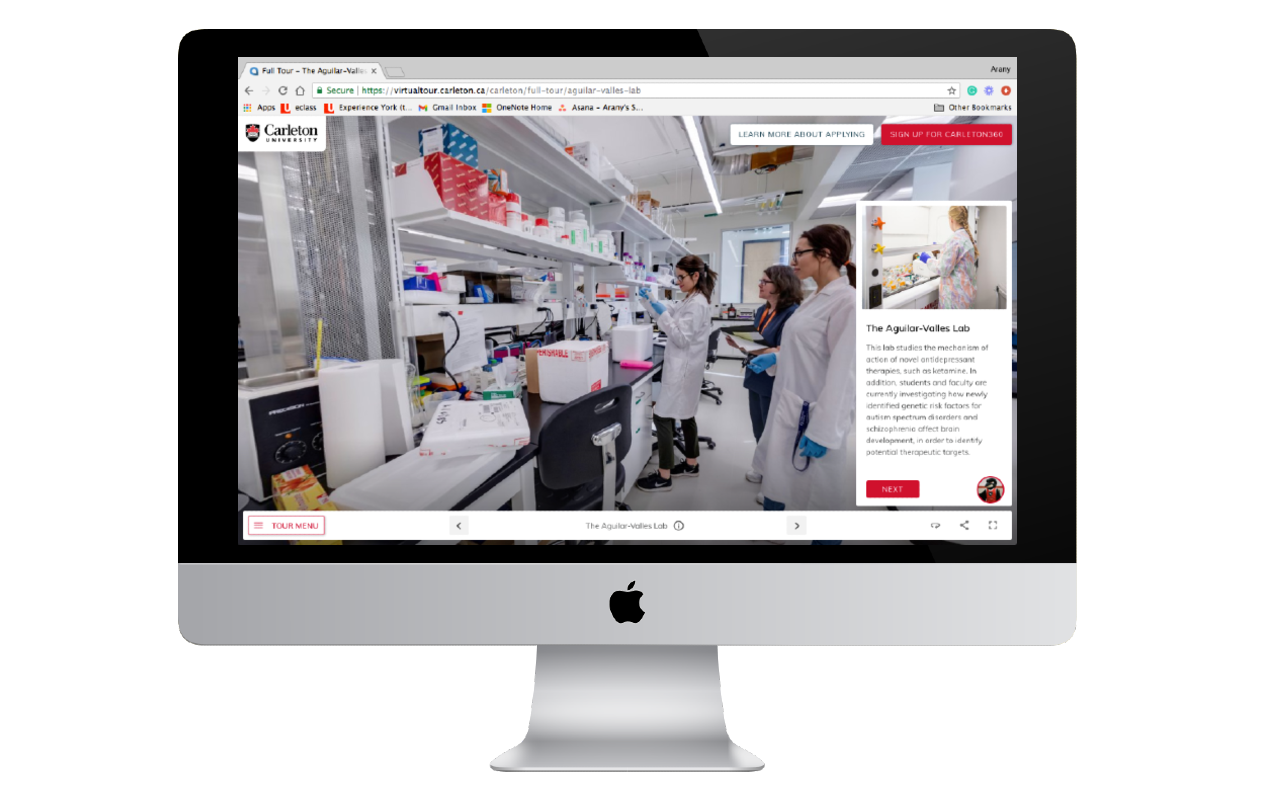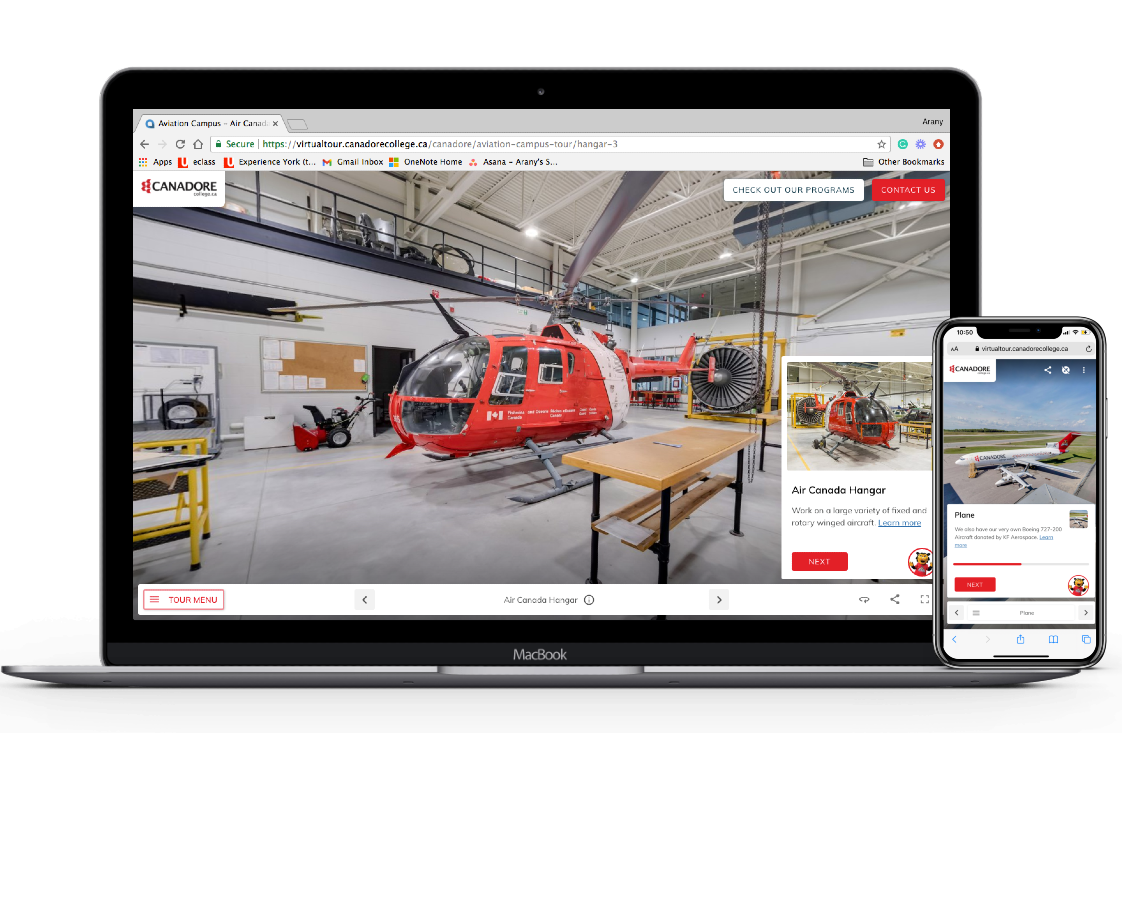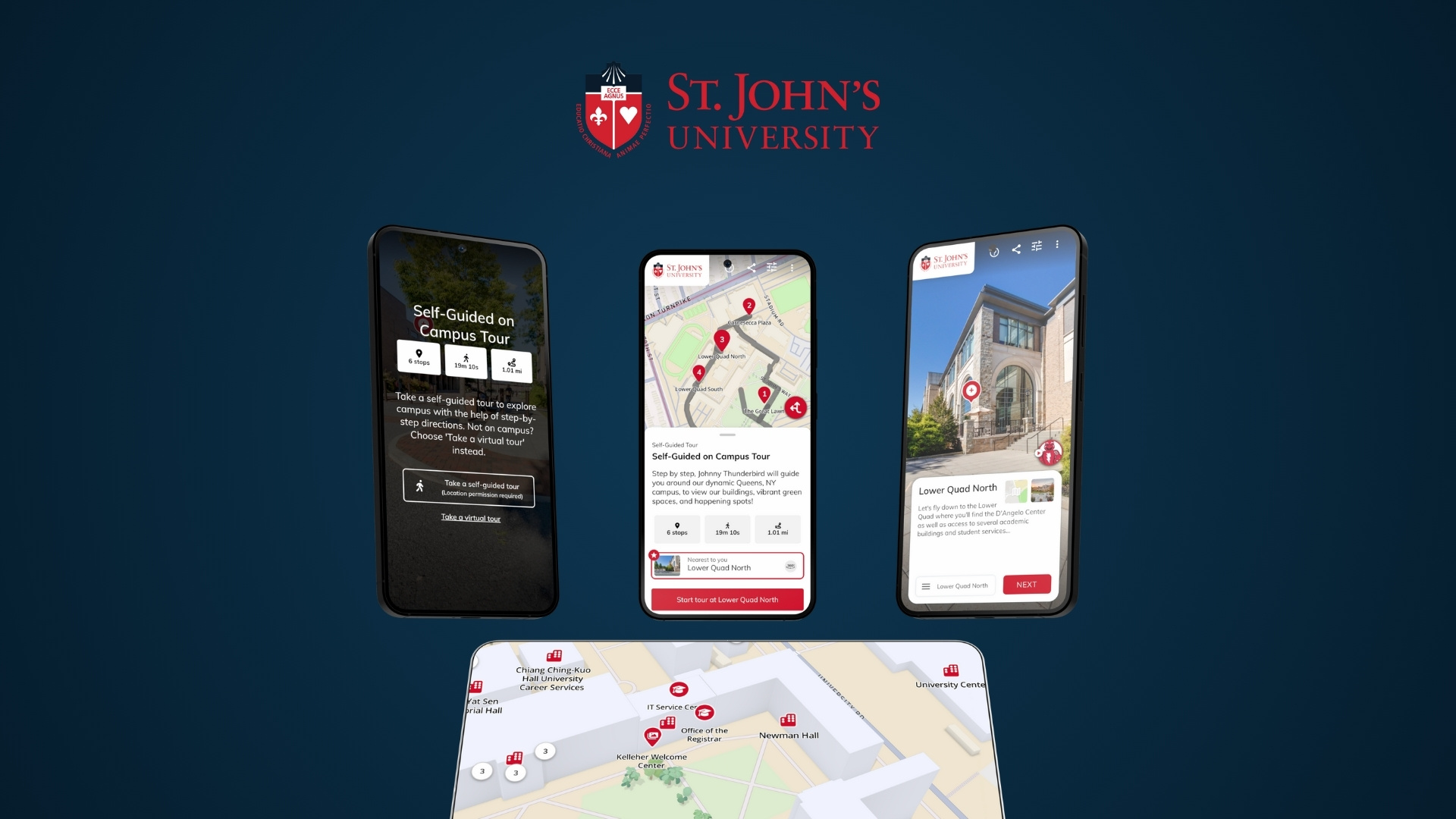
Fall has always ushered in a new chapter in students’ lives, but this year’s start was dramatically different than in the past. Freshmen students who would normally be attending frosh week events and hurrying off to classes, are now taking virtual orientation and logging into Zoom for one to three hour lectures. With curriculum delivered through online learning models, campus attendance is being kept to a minimum. Students are trying to cope with the "new norm", and it’s creating major disruptions in their everyday routines as they struggle to adjust study habits and maintain a healthy school-life balance from home.

On the prospect side, the pandemic has also disrupted the process for those looking to initiate post-secondary education. Despite the fact that the learning experience looks a lot different, 85% of students say they will adapt to whatever way classes are delivered in Fall 2020 (SchoolFinder Wave 4 research). By and large, students are sticking with their plans to attend school and pursue studies.
Along with this, the need for proper research prevails. With the closure of campuses and in-person recruiting events, future students have a much greater dependency on online tools and resources. A University of Ottawa survey of over 1,000 incoming first-year students this past Fall revealed that 'Pre-recorded webinar videos on a variety of topics' was the #1 choice from a list of virtual events. Virtual tours were the #2 choice. Over 75% of respondents agree or strongly agree that a campus virtual tour would be a meaningful resource given the social restrictions in place at the time.
Today, virtual tours are a key tool, for 5 main reasons.
1. Campus facilities remain as extremely important factors in the evaluation process
Prospective students are keen to discover and learn about different aspects of campus, and virtual tours have proven their worth as stand-ins for the campus walking tour. Exploring athletics centres, labs, classrooms and dorm rooms helps them get a sense of what it feels like to be on-campus. To address this need, Carleton University’s Campus Tour Guides recreated their campus walking tour for use on webinars. They virtually walk prospective students through a 20 minute online guided tour, and can participate in a live Q&A session with the recruitment staff. While touring the spaces, attendees have the chance to ask questions and discuss adjacent topics of interest.

Another plus is that virtual guided tours can highlight more spaces than in-person tours, and delve into areas normally off-limits to walking tours. Labs requiring special access clearance, classrooms in session, or different types of residence rooms are a few examples of this.
Prior to COVID-19, our team interviewed university and college students to gain more insight into the challenges students face during the application process in high school. All of the domestic students we interviewed sought interest in visiting their campus locations the summer prior to first-year, but many were unable to do so due to distance and busy schedules.
2. They provide an easy, indexed way to review areas of study
Allowing students to check out their future classrooms, studios, science labs and study spaces in their selected program of study sparks excitement, and helps students determine whether the school is the right fit for them. Our Circuit Virtual Tour homepage categories the tour content into campus locations, areas of study and also allows prospective and current students to filter down their interests using category labels in the “All Content” tab.

On their program webinars, Canadore College used their Aviation campus tour extensively within the presentations. Prospective students interested in beginning their careers in Aviation could check out the aircrafts, hangars, and read about the different programs and admission requirements.
3. A sense of community is an important aspect of campus life, and tours showcase the social groups, clubs, and student events that happen within schools
A sense of community is an important aspect of campus life, and discovering the clubs and spaces in advance allow freshman students to look forward to meeting new people with similar interests and have fun all the while gaining valuable experience for their resumes. The guide cards, located in the bottom right corner, allow schools to personalize important information for incoming students about any clubs students can join, popular student events or even volunteer centres. On Algonquin’s virtual tour, students can check out the common theatres venue where their student association hosts incredible events including concerts, movie nights and even comedy shows.
4. Residence accommodations prompt a lot of questions, and virtual tours provide answers.
During our research, we realized that the nature of each student’s concerns were quite similar - post-secondary institutions fail to provide sufficient information in different stages of the enrolment and acceptance process. The welcome messages/emails lacked program-specific details, ranking residences was merely a guessing game with misleading photos of room sizes, and an inadequate packing list was provided to some students for residence move-in day. Living on your own for the first time can definitely be an overwhelming experience, and virtual tours help ease the stress of knowing what your living space will look like ahead of time! Seneca College reported a 3X higher time on page and interactions for residences.
5. When campus resumes, incoming and current students have a need to familiarize themselves with campus again.
When things return to “normal”, students will have many lingering questions about their return to campus. Visiting a virtual tour experience prior to their return or first day to campus can ease anxiety and help students plan out their route ahead of time. The pandemic has taught us that nearly everything can be done virtually, and students will continue to seek a solution to their unanswered questions. Virtual tours are here to stay even after the pandemic subsides.


.png)




